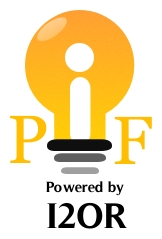The Mathematical Beauty of The Perfect Numbers
Abstract
Mathematicians have been fascinated for centuries by the properties and patterns of numbers. They have noticed that some numbers are equal to the sum of all of their factors (not including the number itself). Such numbers are called perfect numbers. Thus a positive integer is called a perfect number if it is equal to the sum of its proper positive divisors. The search for perfect numbers began in ancient times. The four perfect numbers 6, 28, 496, and 8128 seem to have been known from ancient times. In this paper, we will investigate some important properties of perfect numbers. We give easy and simple proofs of theorems using finite series. We give our own alternative proof of the well-known Euclid’s Theorem (Theorem I). We will also prove some important theorems which play key roles in the mathematical theory of perfect numbers.
Downloads
References
Burton, D. M. (1998). Elementary number theory. New York City, New
Copyright (c) 2021 GPH - International Journal of Mathematics

This work is licensed under a Creative Commons Attribution-NonCommercial-NoDerivatives 4.0 International License.
Author(s) and co-author(s) jointly and severally represent and warrant that the Article is original with the author(s) and does not infringe any copyright or violate any other right of any third parties, and that the Article has not been published elsewhere. Author(s) agree to the terms that the GPH Journal will have the full right to remove the published article on any misconduct found in the published article.



























